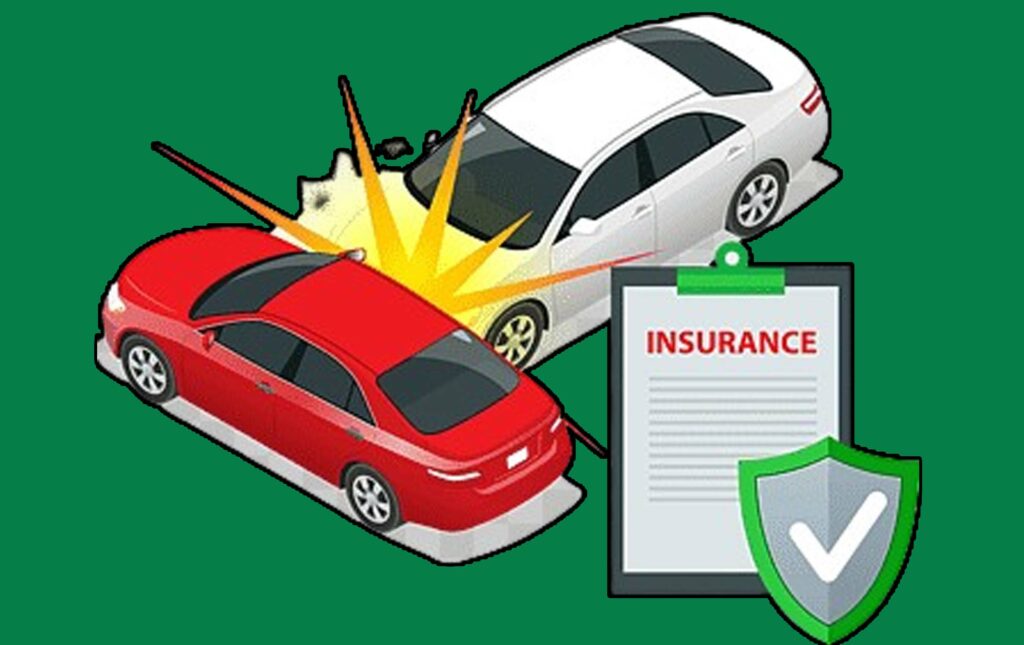When it comes to insuring a vehicle, many people are familiar with liability insurance, which is often a legal requirement. However, protecting your own vehicle from damage requires a different type of coverage: physical damage insurance.

This is a broad term that encompasses a critical set of protections designed to cover the cost of repairing or replacing your car, truck, or commercial vehicle in a variety of situations. Understanding what physical damage insurance is and how it works is essential for anyone who wants to protect their investment. It also ensure they are not left with a hefty bill after an accident or other covered event.
What is Physical Damage Insurance?
Physical damage insurance is a blanket term that refers to a group of auto insurance coverage designed to protect the insured’s own vehicle. Unlike liability insurance, which covers the damage you cause to others, physical damage insurance covers damage to your vehicle. It is typically a requirement if you have a loan or lease on your vehicle, as the lender wants to protect their asset.
Physical damage insurance is not a single policy but rather a combination of two key coverages:
- Collision Coverage: This is the part of your policy that pays for the damage to your vehicle resulting from a collision with another vehicle or an object.
- Comprehensive Coverage: This coverage pays for damage to your vehicle from non-collision events. Such as theft, vandalism, fire, or natural disasters.
How Collision Coverage Works
Collision coverage is the cornerstone of physical damage insurance. It specifically addresses accidents that involve hitting something.
- The Scenario: You get into a fender-bender with another car, or you accidentally hit a lamppost while parking.
- The Payout: Regardless of who is at fault, collision coverage will pay to repair or replace your vehicle, up to the policy’s limit. This is especially important in “no-fault” states or in situations where the at-fault driver is uninsured.
- The Deductible: It is important to note that collision coverage comes with a deductible. This is the amount you are responsible for paying out-of-pocket before your insurance coverage kicks in. For example, if you have a $500 deductible and the repair costs are $3,000, you pay the first $500, and your insurance company pays the remaining $2,500.
How Comprehensive Coverage Works
Comprehensive coverage is your protection against the unexpected. It covers damages that are not the result of a collision.
- The Scenario: Your car is stolen, damaged in a hailstorm, or vandalized. A tree branch falls on your car during a storm, or a deer runs out in front of you.
- The Payout: Comprehensive coverage will pay to repair or replace your vehicle for these non-collision events.
- The Deductible: Just like collision coverage, comprehensive coverage also has a deductible. Choosing a higher deductible can lower your monthly premium, but it means you’ll pay more out of pocket if you file a claim.
Why is Physical Damage Insurance So Important?
While liability insurance is legally required in most places, physical damage insurance is often optional unless your vehicle is financed or leased. However, opting out can be a significant financial risk.
- Protection for Your Investment: A vehicle is a major asset. Without physical damage insurance, you are solely responsible for the cost of repairs after an accident, theft, or natural disaster. This could be thousands of dollars, or even the full cost of replacing your car.
- Peace of Mind: Knowing that your own vehicle is protected provides peace of mind. You don’t have to worry about the financial burden of a non-collision event or an at-fault accident.
- Fulfilling Lender Requirements: If you have an auto loan, your lender will mandate that you carry full physical damage coverage to protect their financial interest in the vehicle. The policy must remain in force until the loan is fully paid off.
When to Adjust Your Coverage
The decision to carry physical damage insurance is a personal one, but it is wise to re-evaluate your coverage as your vehicle gets older.
- For Newer Vehicles: For a new or recently purchased car, physical damage insurance is highly recommended to protect its high value.
- For Older Vehicles: As a car ages and its value depreciates, the cost of collision and comprehensive coverage may eventually outweigh the potential payout. For example, if your car is only worth a few thousand dollars. The combined cost of premiums and a deductible might make it more practical to rely on personal savings for repairs.
Conclusion
Physical damage insurance is a crucial component of a comprehensive auto insurance policy. It’s the protection that ensures your own vehicle is covered, whether the damage is caused by a fender-bender, a hailstorm, or a break-in.
By understanding the distinct roles of collision and comprehensive coverage and assessing your personal financial situation, you can make an informed decision that safeguards your valuable asset and gives you peace of mind on the road.



